- State Board
-
12th Standard
-

Biology
-

Computer Applications
-

Computer Science
-

Business Maths and Statistics
-

Commerce
-

Economics
-

Maths
-

Chemistry
-

Physics
-

Computer Technology
-

History
-

Accountancy
-

Tamil
-

Maths
-

Chemistry
-

Physics
-

Biology
-

Computer Science
-

Business Maths and Statistics
-

Economics
-

Commerce
-

Accountancy
-

History
-

Computer Applications
-

Computer Technology
-

English
12th Standard stateboard question papers & Study material
தமிழ் Subjects
English Subjects
-
-
11th Standard
-

Maths
-

Biology
-
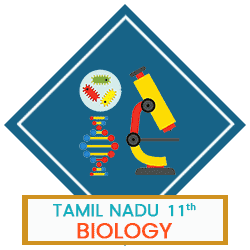
உயிரியல் - தாவரவியல்
-

Economics
-

Physics
-

Chemistry
-

History
-

Business Maths and Statistics
-

Computer Science
-

Accountancy
-

Commerce
-

Computer Applications
-

Computer Technology
-

Tamil
-

Maths
-

Commerce
-

Economics
-

Biology
-

Business Maths and Statistics
-

Accountancy
-

Computer Science
-

Physics
-

Chemistry
-

Computer Applications
-

History
-

Computer Technology
-

Tamil
-

English
11th Standard stateboard question papers & Study material
தமிழ் Subjects
English Subjects
-
-
9th Standard
-

-

-

-

-

-

-

Maths
-

Science
-

Social Science
-

Maths
-

Science
-

Social Science
9th Standard stateboard question papers & Study material
தமிழ் Subjects
English Subjects
-
-
6th Standard
-

Maths
-

Science
-

Social Science
-

Maths
-

Science
-

Social Science
6th Standard stateboard question papers & Study material
தமிழ் Subjects
English Subjects
-
-
10th Standard
-

Maths
-

Science
-

Social Science
-

Tamil
-

Maths
-

Science
-

Social Science
-

English
-

English
10th Standard stateboard question papers & Study material
தமிழ் Subjects
English Subjects
-
-
7th Standard
-

Maths
-

Science
-

Maths
-

Science
-

Social Science
7th Standard stateboard question papers & Study material
தமிழ் Subjects
English Subjects
-
-
8th Standard
-

கணிதம் - old
-

Science
-

Social Science
-

கணிதம்
-

Maths
-

Science
-

Social Science
8th Standard stateboard question papers & Study material
தமிழ் Subjects
English Subjects
-
-
12th Standard
- CBSE Board
-
12th Standard CBSE
-

Biology
-

Physics
-

Chemistry
-

Maths
-

Accountancy
-

Introductory Micro and Macroeconomics
-

Business Studies
-

Economics
-

Computer Science
-

Geography
-

English
-

History
-

Indian Society
-

Physical Education
-

Sociology
-

Tamil
-

Bio Technology
-

Engineering Graphics
-

Entrepreneurship
-

Hindi Core
-

Hindi Elective
-
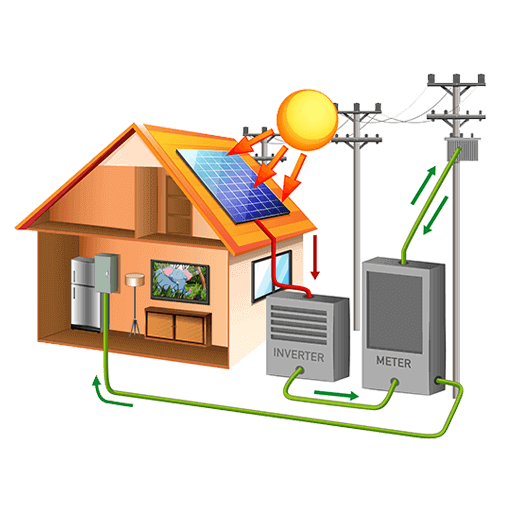
Home Science
-
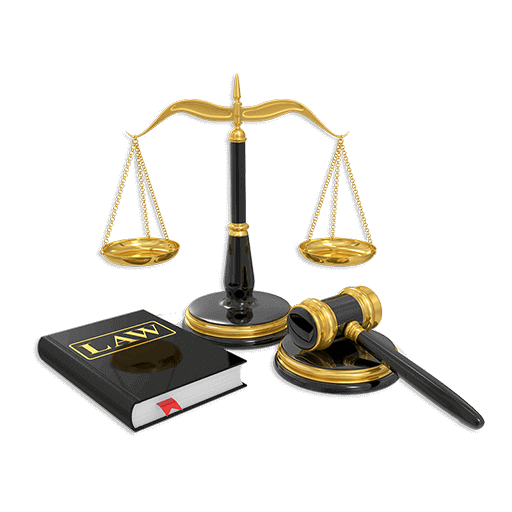
Legal Studies
-

Political Science
-

Psychology
12th Standard CBSE Subject Question Paper & Study Material
-
-
11th Standard CBSE
-

Mathematics
-

Chemistry
-

Biology
-

Physics
-

Business Studies
-

Accountancy
-

Economics
-

Computer Science
-

Bio Technology
-

English
-

Enterprenership
-

Geography
-

Hindi
-

History
-

Home Science
-

Physical Education
-

Political Science
-

Psychology
-

Sociology
-

Applied Mathematics
11th Standard CBSE Subject Question Paper & Study Material
-
- 10th Standard CBSE
-
9th Standard CBSE
-

Mathematics
-

Social Science
-

Science
-

English
-

Hindi
9th Standard CBSE Subject Question Paper & Study Material
-
-
8th Standard CBSE
-

Science
-

Social Science
-

Mathematics
-

English
8th Standard CBSE Subject Question Paper & Study Material
-
-
7th Standard CBSE
-

Mathematics
-

Science
-

Social Science
-

English
7th Standard CBSE Subject Question Paper & Study Material
-
-
6th Standard CBSE
-

Mathematics
-

Science
-

Social Science
-

English
6th Standard CBSE Subject Question Paper & Study Material
-
-
12th Standard CBSE
- Free Online Test
- News
- Study Materials
-
Students
-
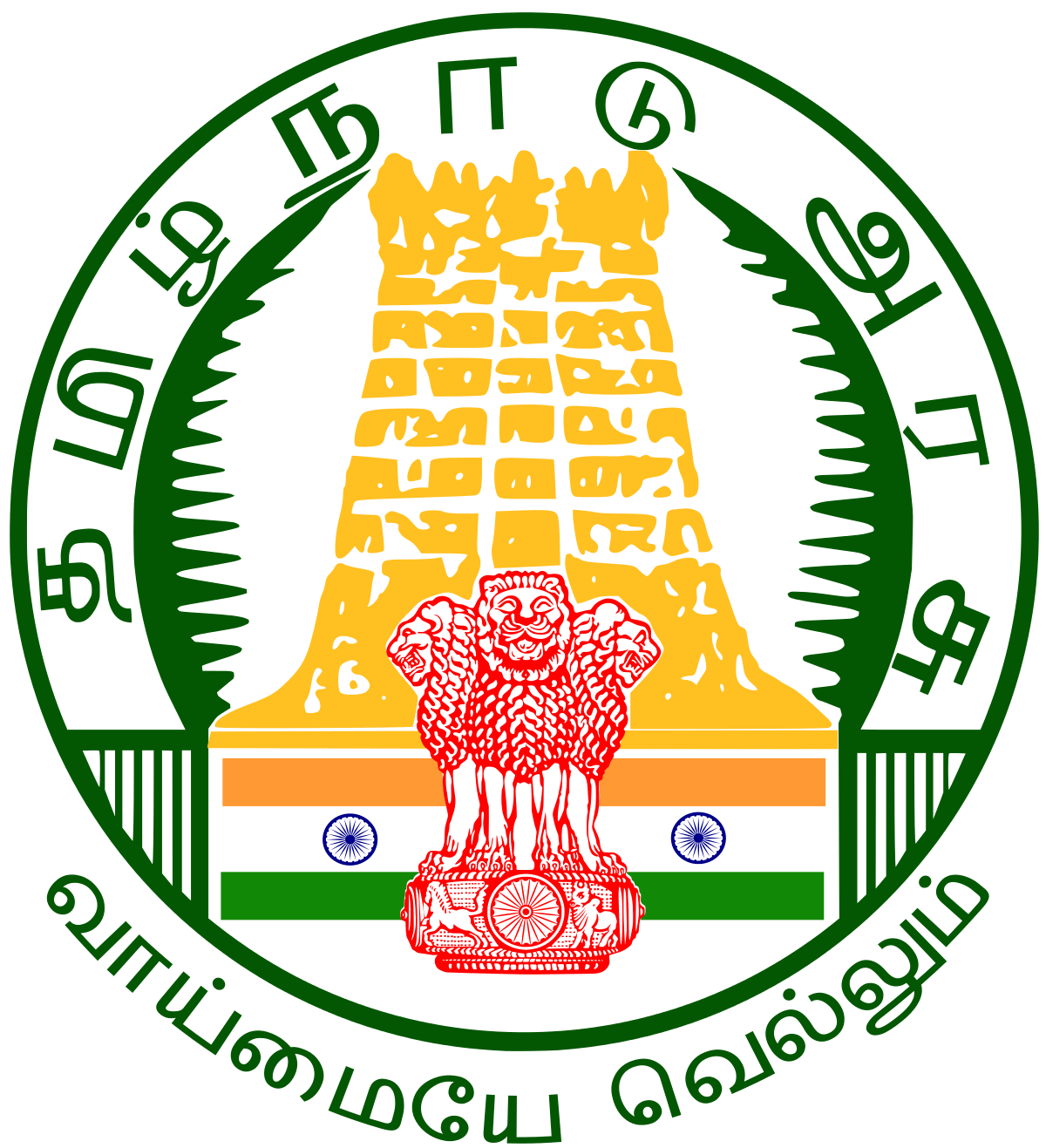
Stateboard Tamil Nadu
-
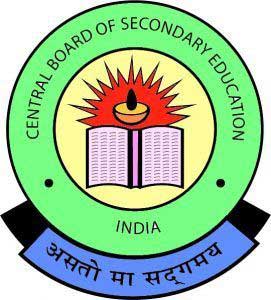
CBSE Board
-

Free Online Tests
-

Educational News
-

Scholarships
-

Entrance Exams India
-

Video Materials
Study Materials , News and Scholarships
-
-
Students
Quarterly Model Question Paper
12th Standard
-
Reg.No. :
Maths
Don't Write anything in the Question paper
Time :
02:45:00 Hrs
Total Marks :
90
-
If A = \(\left[ \begin{matrix} 1 & \tan { \frac { \theta }{ 2 } } \\ -\tan { \frac { \theta }{ 2 } } & 1 \end{matrix} \right] \) and AB = I2, then B =
(a)\(\left( \cos ^{ 2 }{ \frac { \theta }{ 2 } } \right) A\)
(b)\(\left( \cos ^{ 2 }{ \frac { \theta }{ 2 } } \right) { A }^{ T }\)
(c)\(\left( \cos ^{ 2 }{ \theta } \right) I\)
(d)(Sin2\(\frac { \theta }{ 2 } \))A
-
If xa yb = em, xc yd = en, Δ1 = \(\left| \begin{matrix} m & b \\ n & d \end{matrix} \right| \), Δ2 = \(\left| \begin{matrix} a & m \\ c & n \end{matrix} \right| \), Δ3 = \(\left| \begin{matrix} a & b \\ c & d \end{matrix} \right| \), then the values of x and y are respectively,
(a)e(Δ2 / Δ1), e(Δ3 / Δ1)
(b)log (Δ1 / Δ3), log (Δ2 / Δ3)
(c)log (Δ2 / Δ1), log(Δ3 / Δ1)
(d)e(Δ1 / Δ3),e(Δ2 / Δ3)
-
If AT is the transpose of a square matrix A, then ___________
(a)|A| ≠ |AT|
(b)|A| = |AT|
(c)|A| + |AT| =0
(d)|A| = |AT| only
-
If \(\rho\) (A) = \(\rho\) ([A/B]) = number of unknowns, then the system is _________--
(a)consistent and has infinitely many solutions
(b)consistent
(c)inconsistent
(d)consistent and has unique solution
-
If z = \(\frac { 1 }{ (2+3i)^{ 2 } } \) then |z| = ____________
(a)\(\frac { 1 }{ 13 } \)
(b)\(\frac { 1 }{ 5} \)
(c)\(\frac { 1 }{ 12 } \)
(d)none of these
-
If z1, z2, z3 are the vertices of a parallelogram, then the fourth vertex z4 opposite to z2 is _____
(a)z1 + z2 - z2
(b)z1 + z2 - z3
(c)z1 + z2 - z3
(d)z1 - z2 - z3
-
If f and g are polynomials of degrees m and n respectively, and if h(x) = (f o g)(x), then the degree of h is
(a)mn
(b)m+n
(c)mn
(d)nm
-
If sin-1 x+sin-1 y+sin-1 \(z = \frac{3\pi}{2}\), the value of x2017+y2018+z2019\(-\frac { 9 }{ { x }^{ 101 }+{ y }^{ 101 }+{ z }^{ 101 } } \)is
(a)0
(b)1
(c)2
(d)3
-
sin-1(2cos2x-1)+cos-1(1-2sin2x)=
(a)\(\frac{\pi}{2}\)
(b)\(\frac{\pi}{3}\)
(c)\(\frac{\pi}{4}\)
(d)\(\frac{\pi}{6}\)
-
\({ tan }^{ -1 }\left( \frac { 1 }{ 4 } \right) +{ tan }^{ -1 }\left( \frac { 2 }{ 11 } \right) \) = ____________
(a)0
(b)\(\frac { 1 }{ 2 } \)
(c)-1
(d)none
-
The value of \({ sin }^{ -1 }\left( cos\frac { 33\pi }{ 5 } \right) \) is________
(a)\(\frac { 3\pi }{ 5 } \)
(b)\(\frac { -\pi }{ 10 } \)
(c)\(\frac { \pi }{ 10 } \)
(d)\(\frac { 7\pi }{ 5 } \)
-
If the coordinates at one end of a diameter of the circle x2 + y2 − 8x − 4y + c = 0 are (11, 2), the coordinates of the other end are
(a)(-5, 2)
(b)(-3, 2)
(c)(5, -2)
(d)(-2, 5)
-
When the eccentricity of a ellipse becomes zero, then it becomes a __________
(a)straight line
(b)circle
(c)point
(d)parabola
-
The angle between the tangents drawn from (1, 4) to the parabola y2 = 4x is __________
(a)\(\frac { \pi }{ 2 } \)
(b)\(\frac { \pi }{ 3 } \)
(c)\(\frac { \pi }{ 5 } \)
(d)\(\frac { \pi }{ 5 } \)
-
If e1, e2 are eccentricities of the ellipse \(\frac { { x }^{ 2 } }{ { a }^{ 2 } } +\frac { { y }^{ 2 } }{ { b }^{ 2 } } \) = 1 and the hyperbola \(\frac { { x }^{ 2 } }{ { a }^{ 2 } } +\frac { { y }^{ 2 } }{ { b }^{ 2 } } \) = 1 then
(a)\({ e }_{ 1 }^{ 2 }\) - \({ e }_{ 2 }^{ 2 }\) = 1
(b)\({ e }_{ 1 }^{ 2 }\) + \({ e }_{ 2 }^{ 2 }\) = 1
(c)\({ e }_{ 1 }^{ 2 }\) - \({ e }_{ 2 }^{ 2 }\) = 2
(d)\({ e }_{ 1 }^{ 2 }\) - \({ e }_{ 2 }^{ 2 }\) = 2
-
If \(\vec { a } \) and \(\vec { b } \) are unit vectors such that \([\vec { a } ,\vec { b },\vec { a } \times \vec { b } ]=\frac { 1}{ 4 } \), then the angle between \(\vec { a } \) and \(\vec { b } \) is
(a)\(\frac { \pi }{ 6 } \)
(b)\(\frac { \pi }{ 4 } \)
(c)\(\frac { \pi }{ 3 } \)
(d)\(\frac { \pi }{ 2 } \)
-
If the planes \(\vec { r } .(2\hat { i } -\lambda \hat { j } +\hat { k } )=3\) and \(\vec { r } .(4\hat{i}+\hat { j } -\mu \hat { k } )=5\) are parallel, then the value of λ and μ are
(a)\(\frac { 1 }{ 2 } ,-2\)
(b)\(-\frac { 1 }{ 2 } ,2\)
(c)\(-\frac { 1 }{ 2 } ,-2\)
(d)\(\frac { 1 }{ 2 } ,2\)
-
If \(\overset { \rightarrow }{ d } =\overset { \rightarrow }{ a } \times \left( \overset { \rightarrow }{ b } \times \overset { \rightarrow }{ c } \right) +\overset { \rightarrow }{ b } \times \left( \overset { \rightarrow }{ c } \times \overset { \rightarrow }{ a } \right) +\overset { \rightarrow }{ c } \times \left( \overset { \rightarrow }{ a } +\overset { \rightarrow }{ b } \right) \), then __________
(a)\(\left| \overset { \rightarrow }{ d } \right| \)
(b)\(\overset { \rightarrow }{ d } =\overset { \rightarrow }{ a } +\overset { \rightarrow }{ b } +\overset { \rightarrow }{ c } \)
(c)\(\overset { \rightarrow }{ d } =\overset { \rightarrow }{ 0 } \)
(d)a, b, c are coplanar
-
If \(\left| \overset { \rightarrow }{ a } \times \overset { \rightarrow }{ b } \right| =\overset { \rightarrow }{ a } .\overset { \rightarrow }{ b } \), then the angle between the vector \(\overset { \rightarrow }{ a } \) and \(\overset { \rightarrow }{ b } \) is _____________
(a)\(\frac { \pi }{ 4 } \)
(b)\(\frac { \pi }{ 3 } \)
(c)\(\frac { \pi }{ 6 } \)
(d)\(\frac { \pi }{ 2 } \)
-
If A is symmetric, prove that then adj A is also symmetric.
-
Which one of the points i, −2 + i, and 3 is farthest from the origin?
-
Find the value of the complex number (i25)3.
-
If cot-1\(\frac{1}{7}=\theta\), find the value of cos \(\theta\).
-
If \({ cot }^{ -1 }\left( \frac { 1 }{ 7 } \right) =\theta \) find the value of cos \(\theta \)
-
Identify the type of conic section for each of the equations.
3x2+3y2−4x+3y+10 = 0 -
Find the parametric form of vector equation of a line passing through a point (2, -1, 3) and parallel to line \({ \overset { \rightarrow }{ r } }=\left( \overset { \wedge }{ i } +\overset { \wedge }{ j } \right) +t\left( 2\overset { \wedge }{ i } +\overset { \wedge }{ j } -2\overset { \wedge }{ k } \right) \)
-
Verify (AB)-1 = B-1A-1 with A = \(\left[ \begin{matrix} 0 & -3 \\ 1 & 4 \end{matrix} \right] \), B = \(\left[ \begin{matrix} -2 & -3 \\ 0 & -1 \end{matrix} \right] \).
-
Solve 2x - 3y = 7, 4x - 6y = 14 by Gaussian Jordan method.
-
Solve: \({ tan }^{ -1 }\left( \cfrac { x-1 }{ x-2 } \right) +{ tan }^{ -1 }\left( \cfrac { x+1 }{ x+2 } \right) =\cfrac { \pi }{ 4 } \)
-
Find the vertex, focus, equation of directrix and length of the latus rectum of the following:
x2 = 24y -
Find the condition for the line lx + my + n = 0 is tangent to the circle x2 + y2 = a2
-
Show that the lines \(\vec { r } =(6\hat { i } +\hat { j } +2\hat { k } )+s(\hat { i } +2\hat { j } -3\hat { k } )\) and \(\vec { r } =(3\hat { i } +2\hat { j } -2\hat { k } )+t(2\hat { i } +4\hat { j } -5\hat { k } )\) are skew lines and hence find the shortest distance between them.
-
Prove by vector method, that in a right angled triangle the square of the hypotenuse is equal to the sum of the square of the other two sides.
-
If A = \(\left[ \begin{matrix} 8 & -6 & 2 \\ -6 & 7 & -4 \\ 2 & -4 & 3 \end{matrix} \right] \), verify thatA(adj A) = (adj A)A = |A| I3.
-
(a) If A = \(\left[ \begin{matrix} -5 & 1 & 3 \\ 7 & 1 & -5 \\ 1 & -1 & 1 \end{matrix} \right] \) and B = \(\left[ \begin{matrix} 1 & 1 & 2 \\ 3 & 2 & 1 \\ 2 & 1 & 3 \end{matrix} \right] \), find the products AB and BA and hence solve the system of equations x + y + 2z = 1, 3x + 2y + z = 7, 2x + y + 3z = 2.
-
Find the value of k for which the equations
kx - 2y + z = 1, x - 2ky + z = -2, x - 2y + kz = 1 have
(i) no solution
(ii) unique solution
(iii) infinitely many solution -
Show that \(\left( \frac { i+\sqrt { 3 } }{ -i+\sqrt { 3 } } \right) ^{ 2\omega }+\left( \frac { i-\sqrt { 3 } }{ i+\sqrt { 3 } } \right) ^{ 2\omega }\) = -1
-
If 2+i and 3-\(\sqrt{2}\) are roots of the equation x6-13x5+ 62x4-126x3+ 65x2+127x-140 = 0, find all roots.
-
If \({ tan }^{ -1 }\left( \frac { \sqrt { 1+{ x }^{ 2 } } -\sqrt { 1-{ x }^{ 2 } } }{ \sqrt { 1+{ x }^{ 2 } } +\sqrt { 1-{ x }^{ 2 } } } \right) =a\) than prove that x2 = sin 2a
-
If \(\left| \overset { \rightarrow }{ A } \right| =\overset { \wedge }{ i } +\overset { \wedge }{ j } +\overset { \wedge }{ k } \) and \(\overset { \wedge }{ i } =\overset { \wedge }{ j } -\overset { \wedge }{ k } \) are two given vector, then find a vector B satisfying the equations \(\overset { \rightarrow }{ A } \times \overset { \rightarrow }{ B } \)= \(\overset { \rightarrow }{ C } \) and \(\overset { \rightarrow }{ A } \).\(\overset { \rightarrow }{ B } \) = 3
Part - A
20 x 1 = 20
Part -B
7 x 2 = 14
Part -C
7 x 3 = 21
Part - D
7 x 5 = 35
*****************************************
12th Standard Maths Videos
TN 12th Applications of Matrices and Determinants Important 2 Marks Questions With Answers (Book Back and Creative)
TN Class 12 Maths Applications Of Matrices And Determinants Study Materials TN State Board / Matriculation 12th Maths Subject - Applications Of Matrices And Determinants Chapter Two Mark Question and Answers
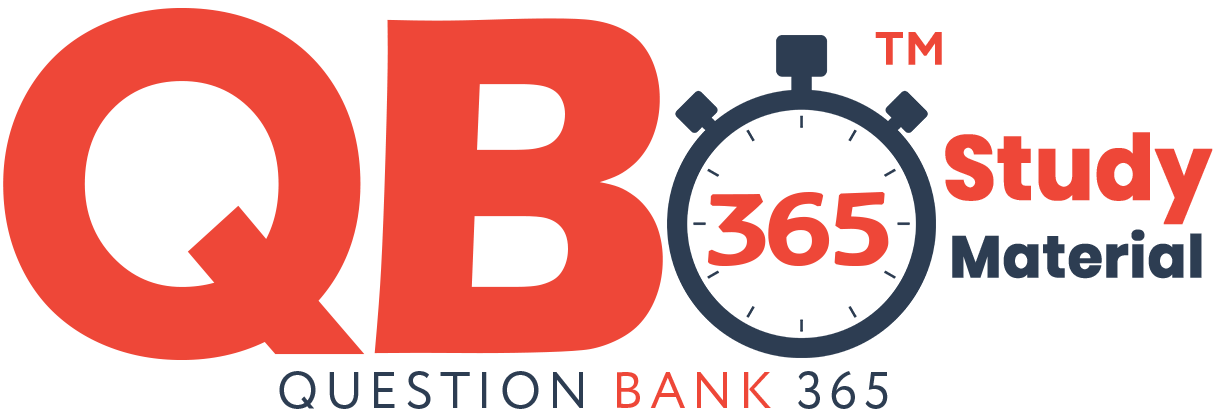


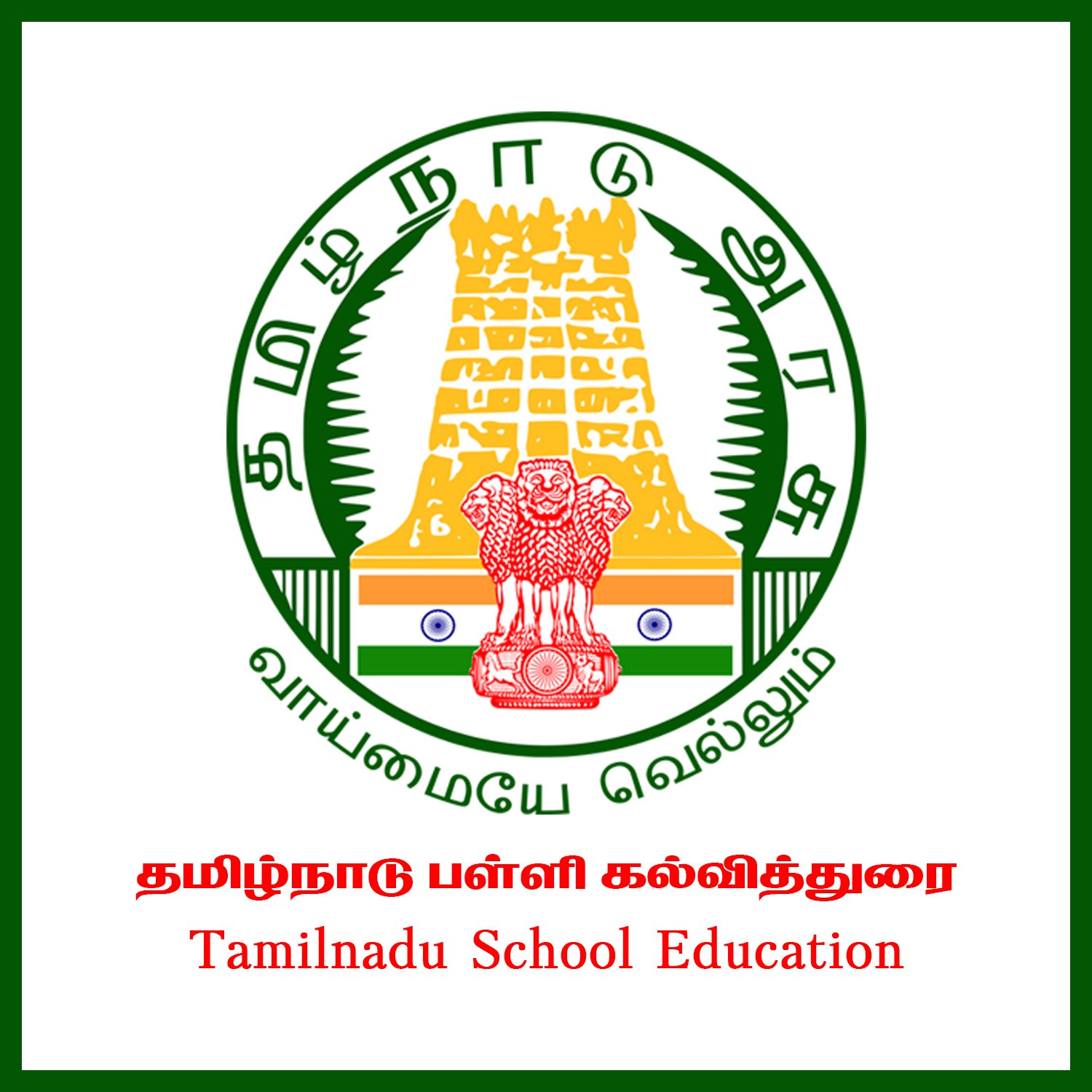

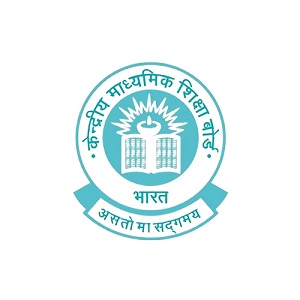
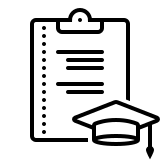 12th Standard Maths Syllabus
12th Standard Maths Syllabus  12th Standard Maths Study Materials
12th Standard Maths Study Materials 12th Standard Maths MCQ Practise Tests
12th Standard Maths MCQ Practise Tests 

Reviews & Comments about 12th Maths Quarterly Model Question Paper
Write your Comment